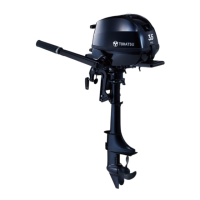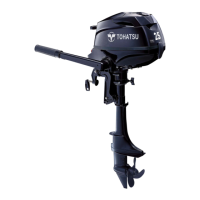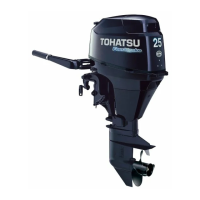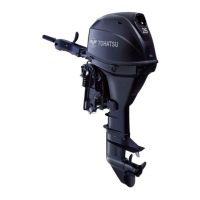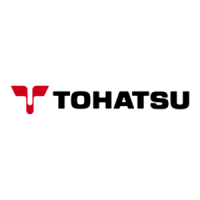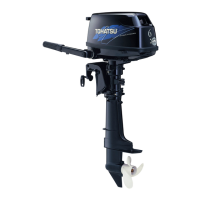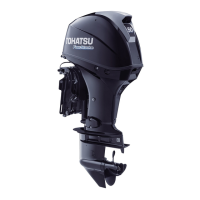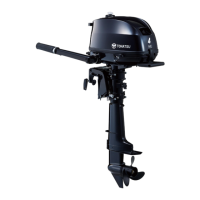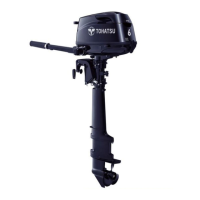What to do if my TOHATSU Outboard Motor starts but stops soon after?
- JJames GregoryAug 3, 2025
If your TOHATSU Outboard Motor starts but then stops quickly, several factors could be at play. It might be due to a deformed or damaged fuel hose, in which case you should check and replace it. Another cause could be a closed air vent on the fuel tank; make sure to open it. Additionally, a clogged fuel filter, fuel pump, or carburetor could be the issue, so clean or replace these components. Using the incorrect engine oil or gasoline can also lead to this problem, so ensure you're using the recommended types. Finally, an excessive fuel supply or poor carburetor adjustment may be to blame; adjust these accordingly.
